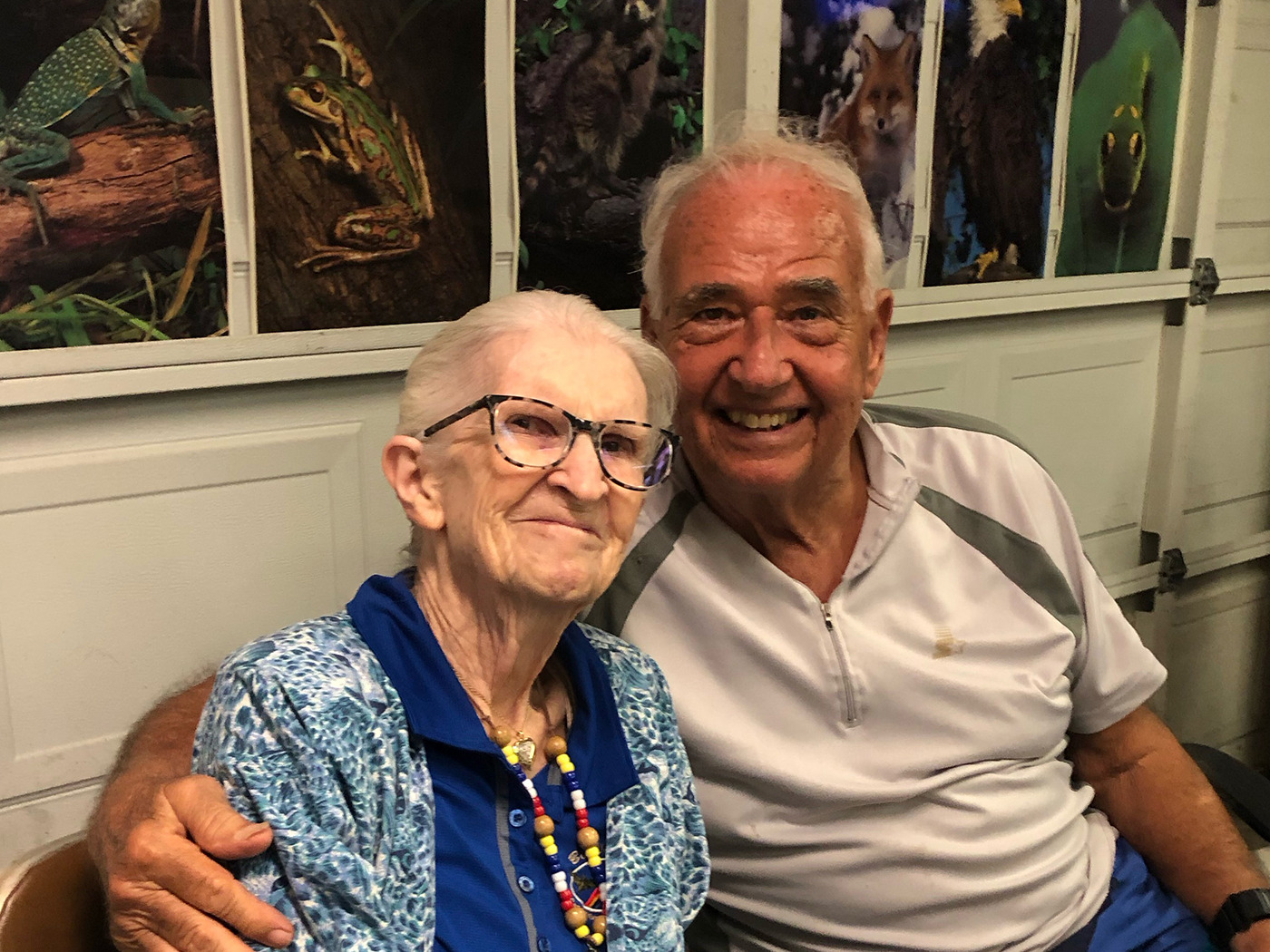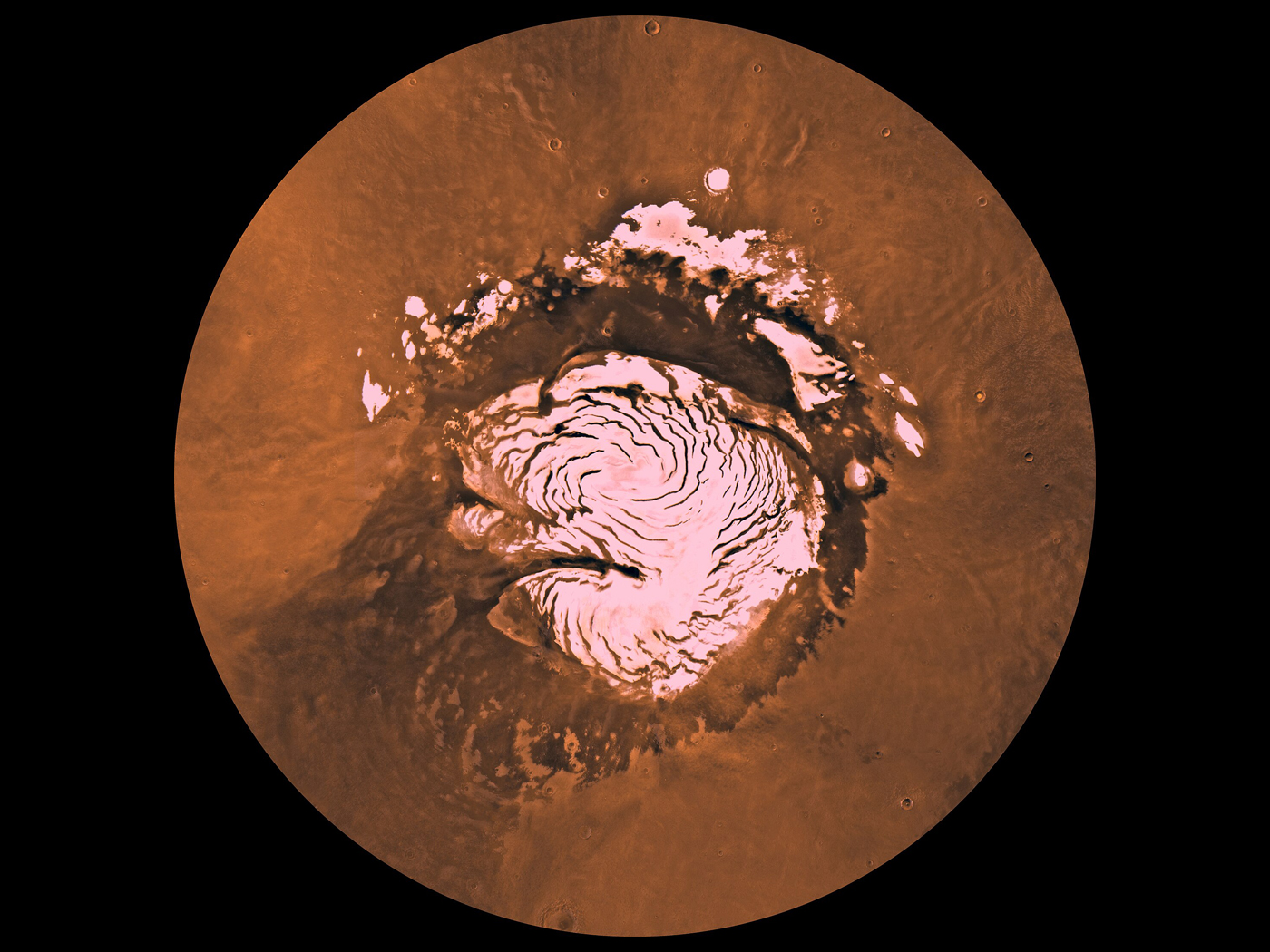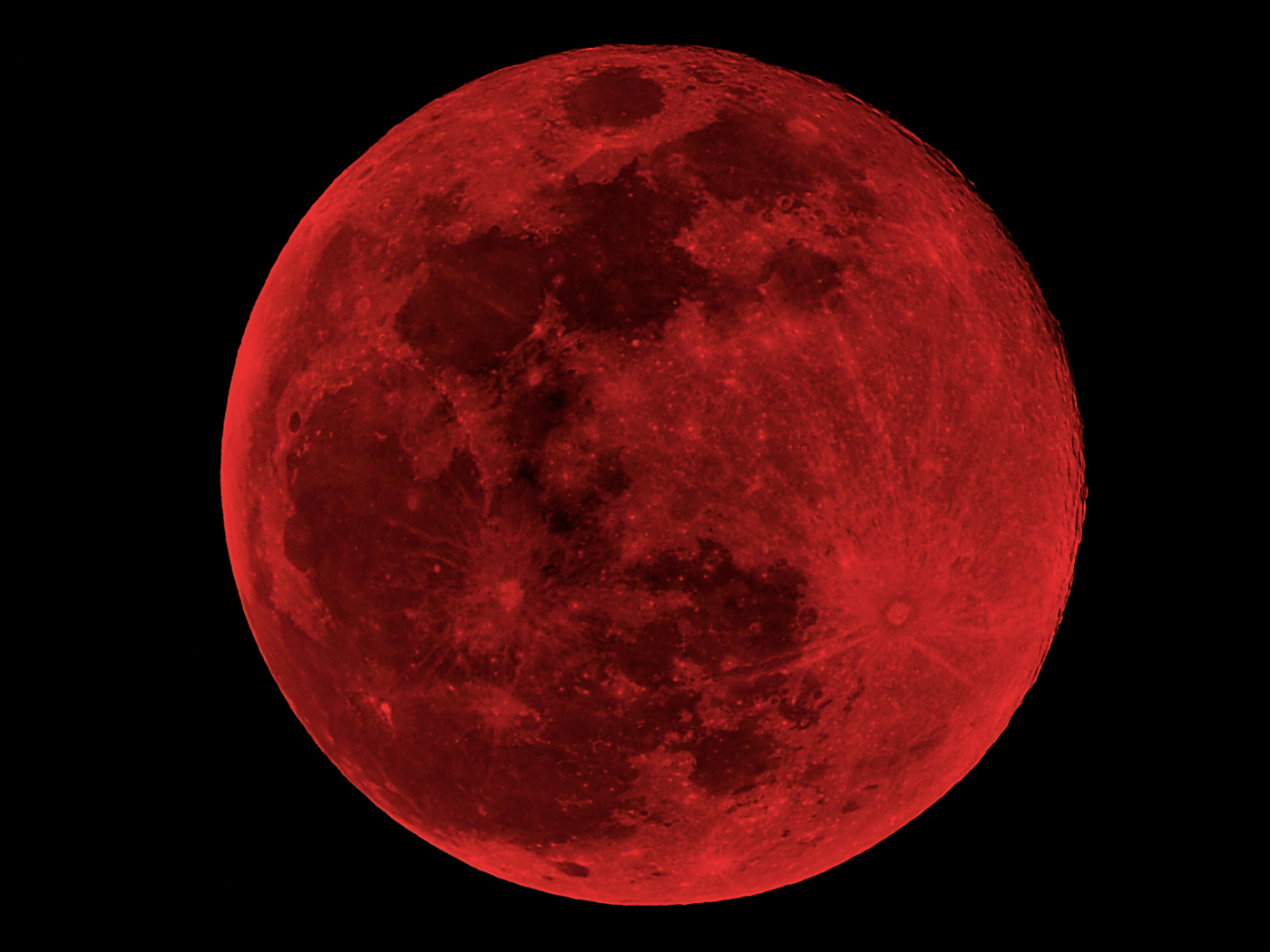A study led by Oxford University researchers was recently published confirming that Neanderthals and humans were very genetically similar and interfertile. They were even closer than polar and brown bears are to each other, which are known to mate and produce viable offspring in the wild quite easily.1 Along with a plethora of previous DNA studies, this research further confirms that Neanderthals were an ancient people group of the human family, descended from Noah’s three sons and their wives after the global Flood.2-4
The analysis of matings between anatomically modern humans and their close archaic relatives, Neanderthals and Denisovans, has been increasingly demonstrated through the analysis of ancient DNA extracted from fossil bones and teeth over the past decade. However, many evolutionists have still claimed that modern humans and their archaic cousins were radically different and that their ability to breed and produce viable offspring was at the far edge of biological compatibility.
In this new study, the researchers developed a genetic distance metric to predict the fertility of the first generation of hybrid offspring between the mating of any two mammalian species. They did this by analyzing genetic sequence from different mammal species that were already known to produce viable hybrid offspring. By correlating genetic distance with offspring fertility, they showed that the greater the genetic distance, the less likely it would be that the offspring would be fertile. Then the researchers effectively used the genetic distance values to determine thresholds of fertility for various mammals.
When the genetic distance between humans, Neanderthals, and Denisovans was calculated, the values were even closer than those found between various animals that are known to readily and easily hybridize in the wild. This includes polar bears mating with brown bears and coyotes mating with wolves. In fact, professor Greger Larson, who is the Director of the Palaeogenomics and Bio-Archaeology Research Network at Oxford University and the senior author of the study said, “Humans and Neanderthals and Denisovans were able to produce live fertile young with ease.”5
These findings confirm that Neanderthals were nothing less than human. Creationists believe that they likely lived shortly after the global Flood since their remains are typically found in ritually buried graves in cave systems—not the global Flood sediments that end at the Neogene-Quaternary (N-Q) boundary at the top of the Cenozoic rock layers.6 And not only is the DNA of Neanderthals identical to modern humans, but the so-called “archaic traits” of a pronounced brow ridge and a sloping forehead can still be found in modern humans living today.7 Once again, the facts of science confirm the scriptures—not the mythical fact-free story of human evolution.
Stage image: Neanderthal reconstruction.
Stage image credit: Kennis & Kennis Reconstructions. Copyright © 2020. Adapted for use in accordance with federal copyright (fair use doctrine) law. Usage by ICR does not imply endorsement of copyright holders.
References
1. Allen, R. et al. 2020. A mitochondrial genetic divergence proxy predicts the reproductive compatibility of mammalian hybrids. Proceedings of the Royal Society. 287 (1928).
2. Tomkins, J. P. DNA Proof That Neandertals Are Just Humans. Creation Science Update. Posted on ICR.org February 21, 2014, accessed June 15, 2020.
3. Tomkins, J. P. Ancient Human DNA: Neandertals and Denisovans. Acts & Facts. 43 (3).
4. Tomkins, J. P. 2020. Neanderthal DNA Muddles Evolutionary Story. Creation Science Update. Posted on ICR.org April 7, 2020, accessed June 15, 2020.
5. Staff Writer. Humans and Neanderthals: less different than polar and brown bears. University of Oxford News and Events. Posted on ox.ac.uk June 3, 2020, accessed June 15, 2020.
6. Clarey, T. L. 2020. Compelling Evidence for an Upper Cenozoic Flood Boundary. Acts & Facts. 49 (5).
7. Tomkins, J. P. 2019. Recent Humans with Archaic Features Upend Evolution. Acts & Facts. 48 (4).
*Dr. Tomkins is Life Sciences Director at the Institute for Creation Research and earned his doctorate in genetics from Clemson University.
Humans and Neanderthals More Similar Than Polar and Brown Bears
The Latest
April 2025 ICR Wallpaper
"But the Helper, the Holy Spirit, whom the Father will send in My name, He will teach you all things, and bring to your remembrance all things...
Human Evolution and the Inner Ear
The vain attempt by evolutionists to make an evolutionary connection between people and ape-like ancestors continues. This time, it is in regard to...
CREATION PODCAST
Defending the Faith with a Rocket Scientist | Creation.Live Podcast:...
How do engineering principles, biological complexity, and a solid understanding of apologetics work together to further the cause of Christ? Why...
Aerobic and Anaerobic Hot Spring Bacteria
God designed a domain of prokaryotes called Archaea that thrive in harsh and extreme environments. In 1969, two microbiologists, Thomas Brock and Hudson...
CREATION PODCAST
The Soulless Hominid Theory: A Fatal Flaw in Old Earth Creationism...
Welcome to the second episode in a series called “The Failures of Old Earth Creationism.” Many Christians attempt to fit...
Humpback Whale Calls Echo Creation
There is nothing simple about the system of communication called language, whether animal or human.1 Human language is a very sophisticated...
Mary Parker, Creation Ministry Partner of Dr. Gary Parker, Is...
Mary Parker, the wife and co-laborer of Dr. Gary Parker, went home to be with her Lord on March 20, 2025.
Dr. Parker was a popular and effective...
Plants Rely on Quantum Mechanics
Scientists will probably never fully understand photosynthesis as additional research uncovers even more fascinating mysteries.1,2 ICR’s...
Martian Polar Ice Cap ''Surprisingly Young''?
A team of German planetary scientists has concluded that a three-kilometer-thick northern polar ice cap on Mars has a “surprisingly young”...
''Blood Worm Moon'' Total Lunar Eclipse 2025
Barring cloud cover, about 75% of the country saw the total lunar eclipse, aka the “Blood Worm Moon.” Texas had good weather conditions...













